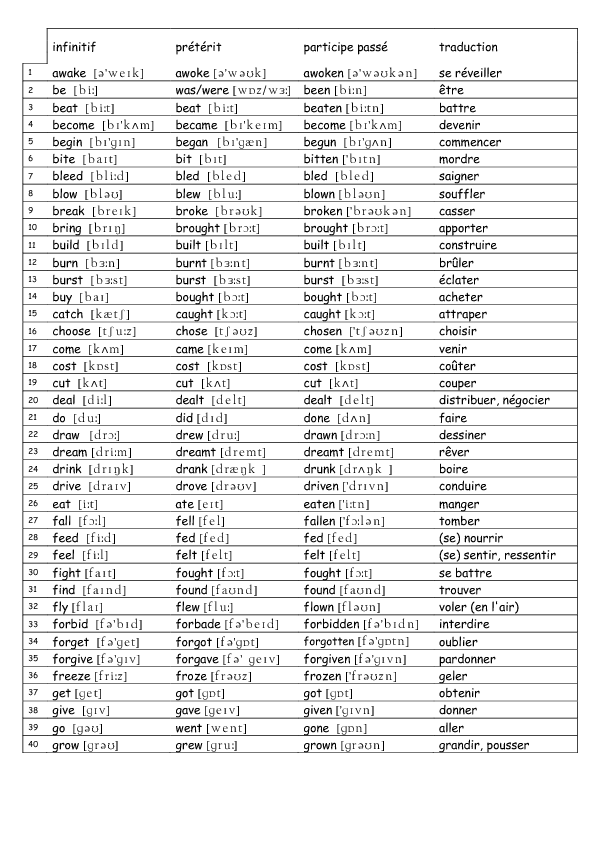

AR verb endings are as you see in the chart below: Subject AR Verbs: How to Conjugate in Present Tense Here are the stems of the three Spanish verbs we saw above:Īnd then the endings change for each verb type, so let’s take a look, beginning with our -ar verbs. The root or stem of the verb is the part before -ar/-er/-ir. In order to make the present tense in Spanish you must use the root (stem) of the word and then add on the appropriate ending, according to the subject and verb type (-AR/-ER/-IR). Verbs that end in -ER, such as comer (to eat).(Download) The Present Tense in SpanishĪll Spanish verbs fall into one of just three categories when it comes to their endings in the infinitive: This blog post is available as a convenient and portable PDF that youĬlick here to get a copy. Spelling Rules in the Spanish Present Tense.Irregular Spanish Present Tense Verbs: Totally Irregular.Irregular Spanish Present Tense Verbs: First Person.Irregular Spanish Present Tense Verbs: Stem-changers.Irregular Verbs in the Spanish Present Tense.-IR Verbs: How to Conjugate in Present Tense.-ER Verbs: How to Conjugate in Present Tense.-AR Verbs: How to Conjugate in Present Tense.Using this guide, you can become the next master of the Spanish present tense! If you missed your verb conjugation class at school and still can’t tell the difference between an -AR and an -IR verb, help is here. You finally understand the rules of gender, you can tell your Spanish listening and conversation skills have gotten better, and you’re watching plenty of Spanish movies.īut something’s missing-your grammar is a mess.

Mastering the Spanish Present Tense: A Beginner’s Guide


 0 kommentar(er)
0 kommentar(er)
